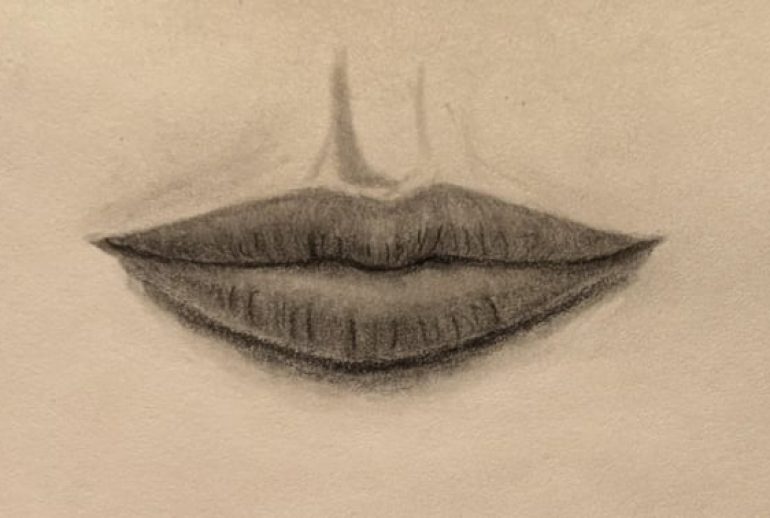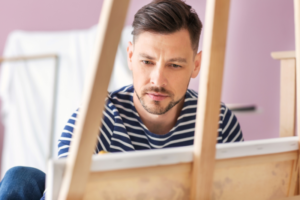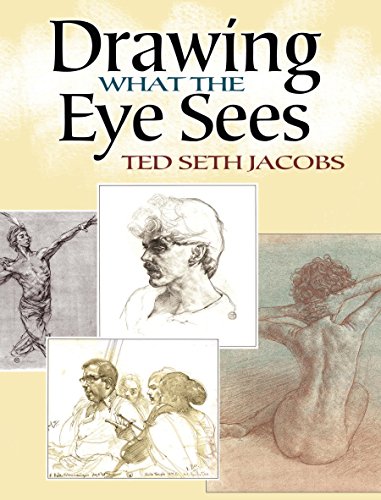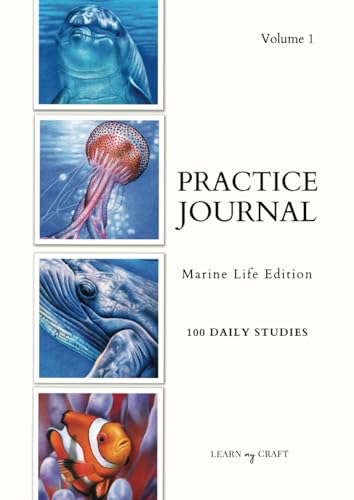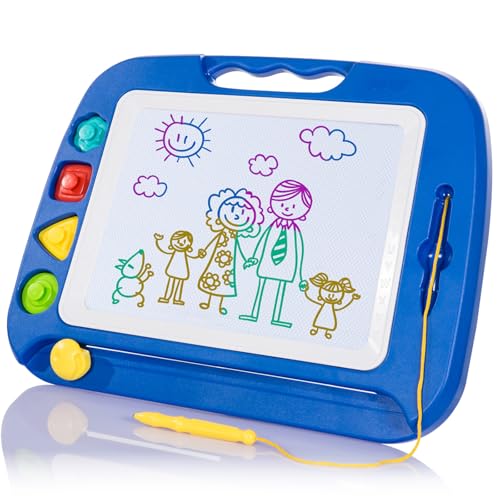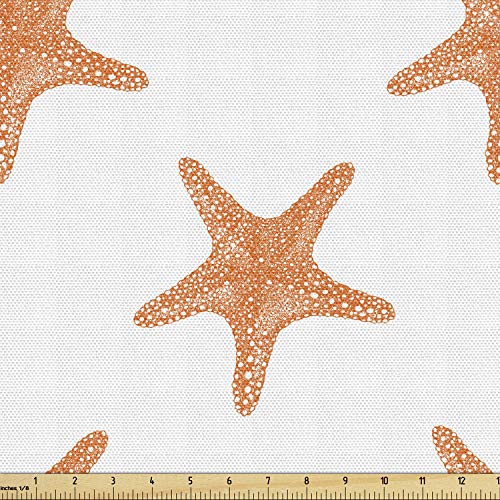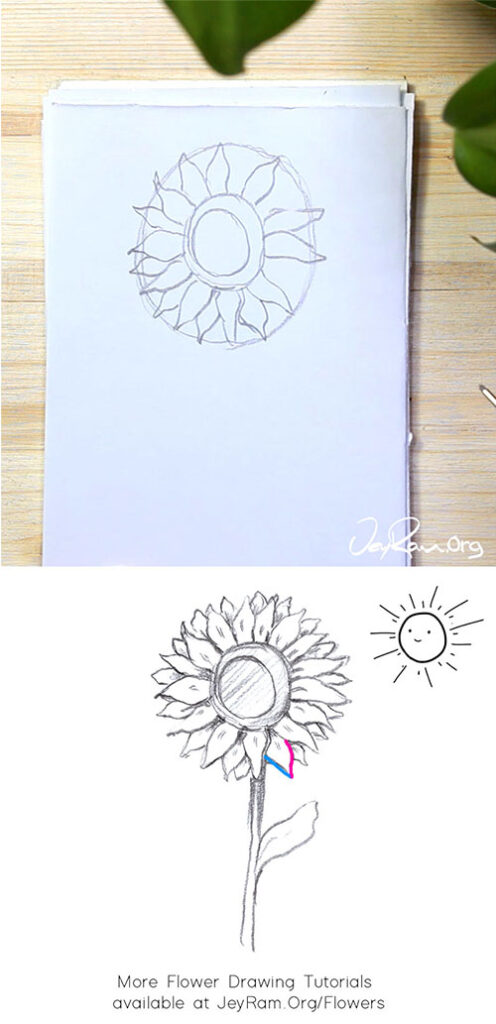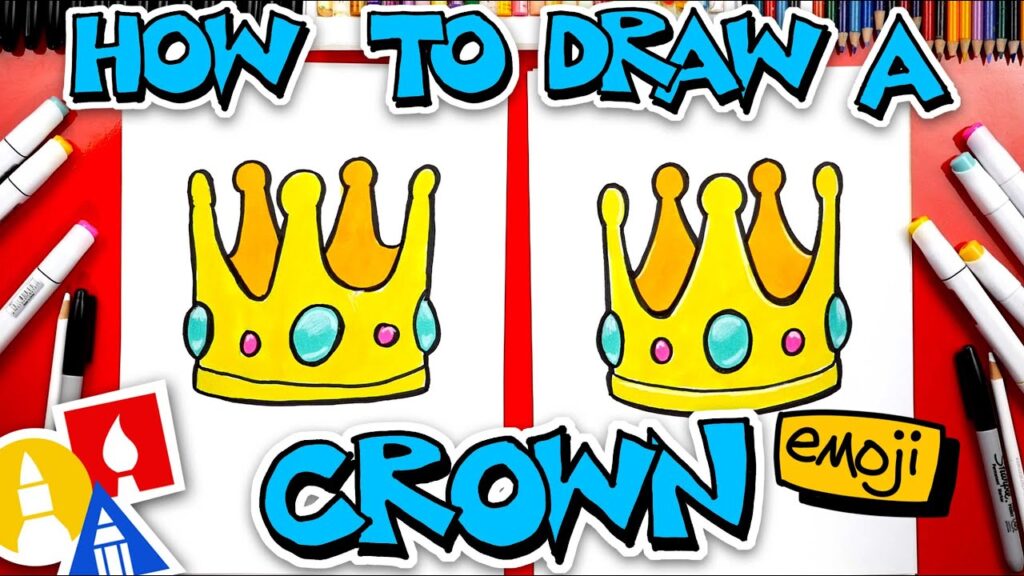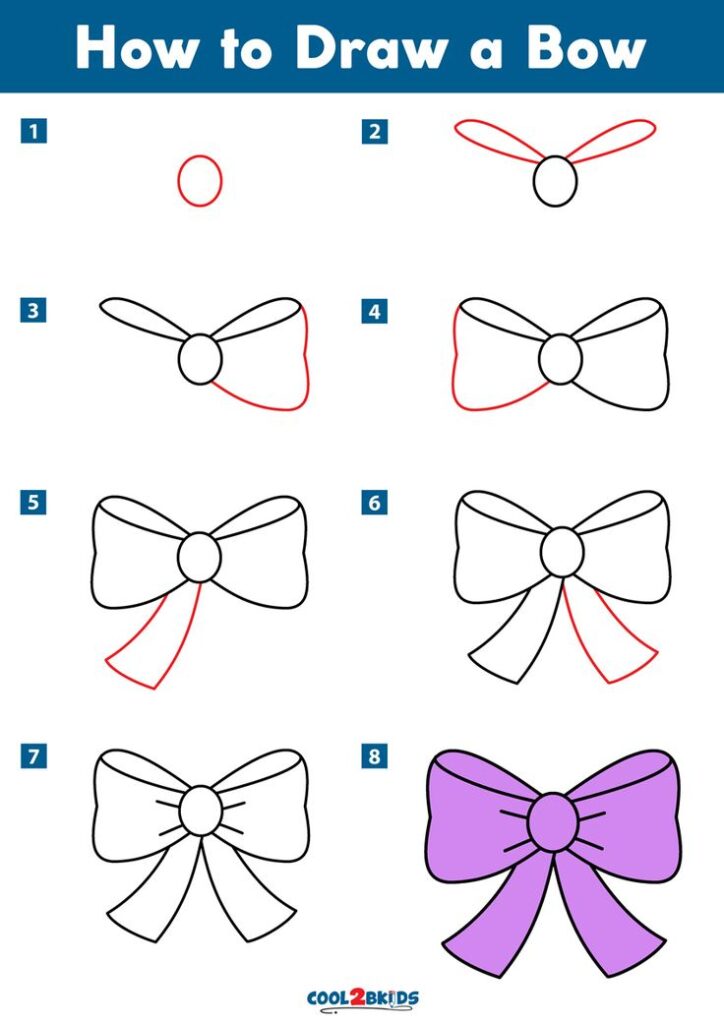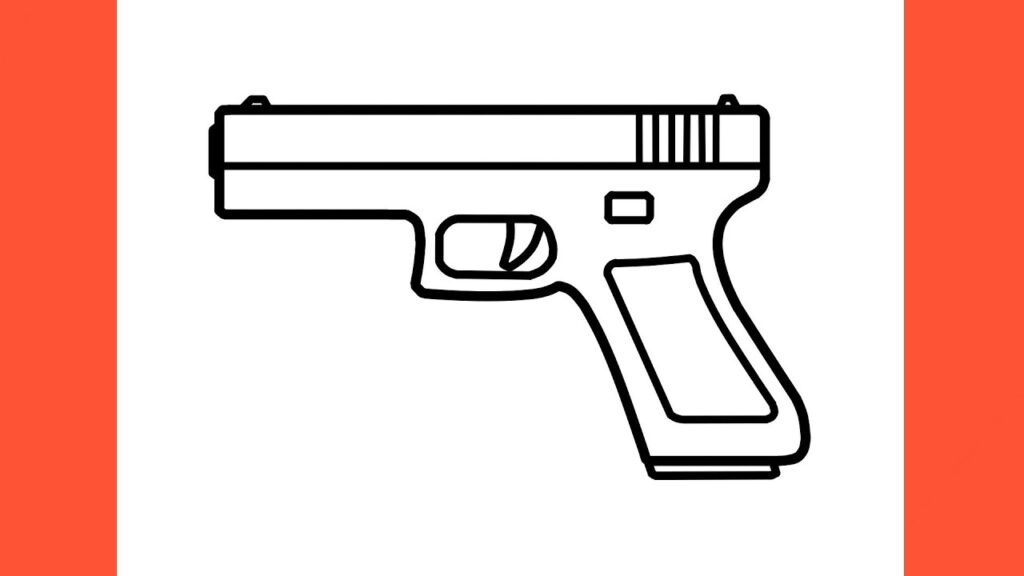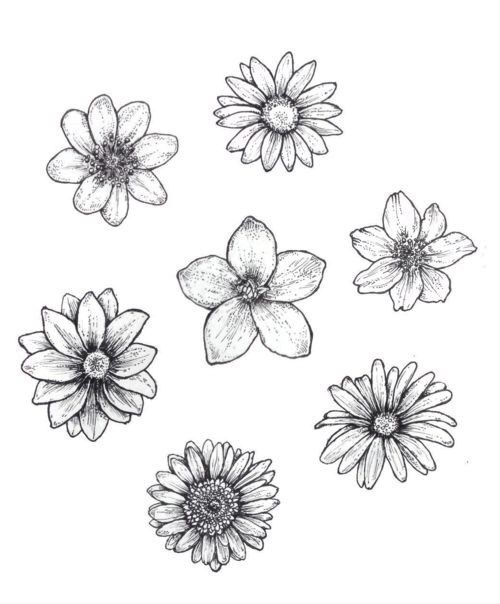Pressing too hard when sketching can ruin your artwork. It often leads to unwanted dark lines and paper damage.
To avoid this, practice is key, along with some techniques to control pressure. Sketching is a journey of expression and creativity. But excessive pressure can hinder this process, making it frustrating. Beginners and even seasoned artists can struggle with this.
It’s a common issue that affects the flow and ease of drawing. Learning to sketch lightly can enhance your skill and improve your art. It allows for more flexibility and freedom to explore ideas. Understanding how to adjust your hand’s pressure is vital. It not only protects your paper but also enhances your drawing’s quality. Let’s explore ways to keep your hand light and your sketches bright.
Identify Causes
Finding the reasons behind pressing too hard while sketching can help improve your technique. Stress or lack of control might be causing this issue. Recognizing these factors is essential for developing a lighter touch.
Identifying the causes behind pressing too hard when sketching is essential for improving your drawing skills. Understanding why you apply excessive pressure can help you adjust your technique and create more fluid, delicate sketches. It’s not just about the mechanics of drawing, but also about recognizing the mental and emotional factors at play.
Analyze Pressure Habits
Begin by examining how you hold your pencil. Do you grip it tightly? A firm grip often results in heavy-handed strokes. Try loosening your grip slightly. Experiment with different ways of holding the pencil to see how it affects your pressure. Consider the surface you’re sketching on. Rough textures might encourage you to press harder. Test various paper types to find one that allows for smoother lines with less pressure. Have you ever noticed how your mood influences your drawing? Stress can make your hand tense, leading to harder strokes. Reflect on your emotional state during sketching sessions.
Recognize Stress Triggers
Identify any stressors that affect your drawing. Are you worried about perfection? This fear can manifest in heavier pressure as you try to control every line. Accepting imperfections can ease this tension. Think about your environment. Is it noisy or chaotic? Such settings can elevate stress levels, impacting your drawing technique. Create a calm space to see if it helps lighten your touch. Reflect on deadlines or expectations. Are they pushing you to rush? Pressing too hard can be a subconscious reaction to time pressure. Allow yourself more time to draw, focusing on relaxation rather than speed. Ask yourself: what influences your drawing pressure? Exploring these questions can lead to surprising insights and smoother sketches.
Choose The Right Tools
Selecting the correct tools can help reduce pressure while sketching. Soft pencils and smooth paper encourage lighter strokes. Experimenting with different materials might also lead to a more comfortable drawing experience.
Choosing the right tools can significantly impact how you sketch. If you find yourself pressing too hard, it might be time to reassess what you’re using. The right tools can help you create without the strain.
Select Softer Pencils
Softer pencils can be a game-changer. They produce darker lines with less pressure, helping you avoid the habit of pressing too hard. Try using pencils marked with B grades, like 2B or 4B. When I first switched to softer pencils, it was like a revelation. The lines flowed smoothly, and my hand felt relaxed. Have you tried experimenting with different pencil grades recently?
Explore Alternative Papers
The paper you choose can also affect your sketching pressure. Some papers have a smoother surface, reducing friction and making drawing effortless. Consider testing papers with different textures and weights. For instance, a heavier paper might allow more forgiving erasures, reducing the need to press hard for bold lines. When I started using textured paper, my sketches gained depth without the pressure. What type of paper is currently on your sketching table? Selecting the right tools can transform your sketching experience. Start with softer pencils and explore different papers to find what suits your style. Your hand—and your art—will thank you.
Practice Light Techniques
Many artists press too hard when sketching, which can ruin their work. Practicing light techniques helps create smoother, softer sketches. These methods enhance your control and reduce the pressure applied to the paper. Learning to sketch lightly can improve your overall drawing skills.
Start With Loose Lines
Begin your sketches with loose lines. These lines should be light and free. Avoid focusing on details initially. Loose lines allow you to explore the shape and form. They help you visualize the subject without committing to heavy marks. This approach builds a foundation for your drawing.
Practice drawing circles or shapes using loose lines. Use quick, gentle strokes. This exercise trains your hand to apply less pressure. As you repeat this, you’ll notice your grip relaxing. Loose lines set the stage for a refined sketch.
Use Feathering Strokes
Feathering strokes involve light, gentle movements. These strokes are soft and delicate. They create a textured effect without deep grooves. Feathering helps you control the pressure on your pencil. It teaches you to glide over the paper lightly.
Try sketching with feathering strokes on different subjects. Start with simple objects like fruits or flowers. Notice how the strokes blend smoothly. This technique enhances shading and detail. Feathering strokes improve your ability to sketch softly.
Experiment with various pencil grades. Softer pencils create lighter marks. They support feathering strokes well. Practice using different pressures to see the effects. Feathering strokes refine your skill and add depth to your drawings.
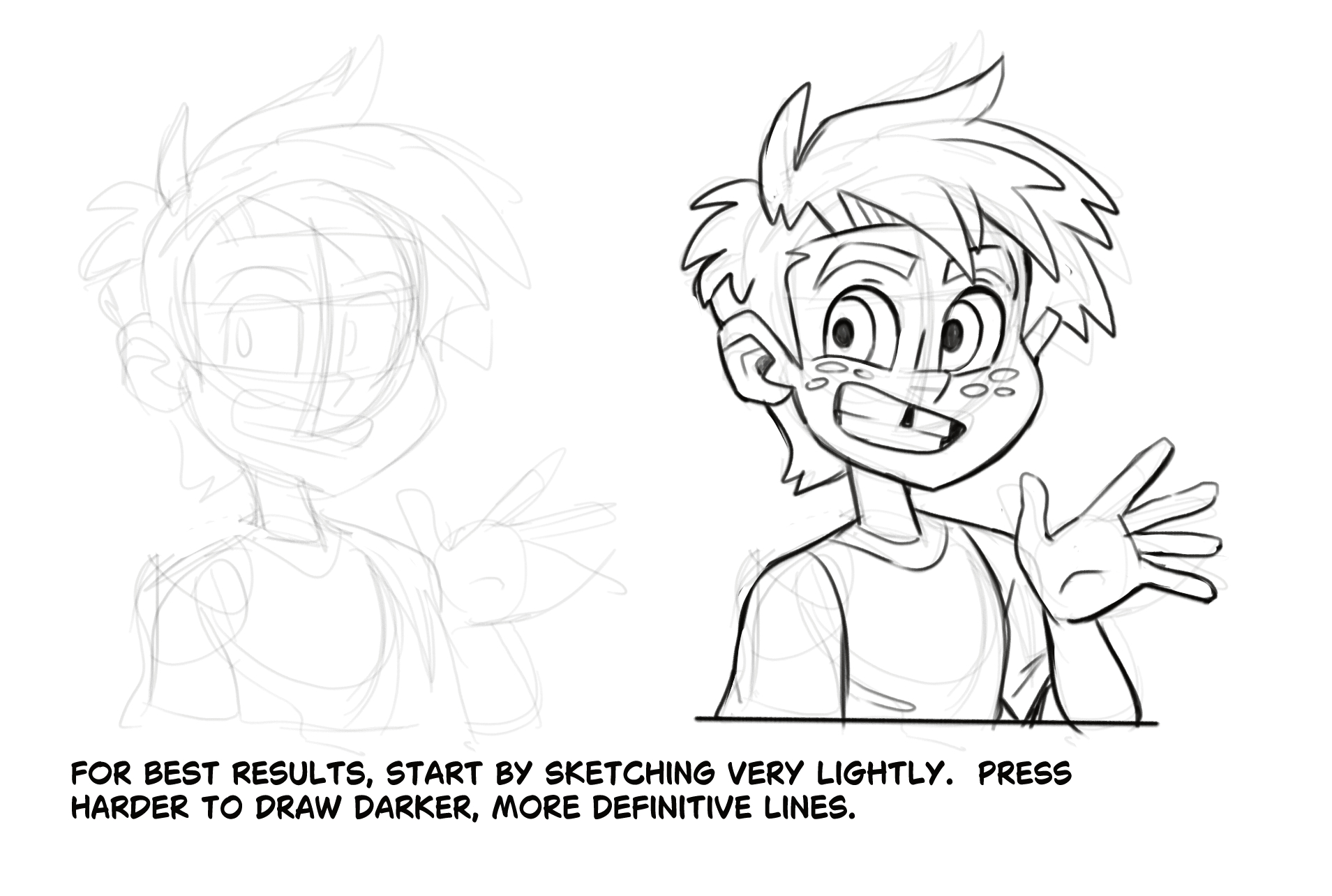
Improve Hand Position
Relax your grip to reduce pressure on the pencil. Hold it lightly for smoother lines. Experiment with different hand positions to discover what feels comfortable and allows for gentle strokes.
Improving your hand position can greatly impact your sketching. Pressing too hard can lead to frustration and fatigue. A simple adjustment in how you hold your pencil could make all the difference. Imagine sketching with ease and comfort, where your hand moves effortlessly across the paper. ###
Relax Wrist And Fingers
Tension in your wrist and fingers often leads to pressing too hard. Relax your wrist by shaking it out before sketching. Notice how your fingers feel as you grip your pencil. Are they tense? Try a few deep breaths to relax them. A relaxed hand helps in maintaining a light touch. Experiment with drawing circles or lines with different levels of pressure. Feel the difference in control and fluidity. ###
Adjust Grip Pressure
Consider how tightly you grip your pencil. A tight grip often translates into hard pressing. Try holding your pencil as if you were holding a feather. Adjust your grip until you find a balance between control and comfort. A lighter grip allows for smoother lines and more expressive sketches. Think about your favorite sketches. Did they have delicate lines or bold strokes? Altering grip pressure can help you achieve the desired effect. Do you notice your hand getting tired quickly? This might be due to excessive pressure. Practice with different grip strengths to reduce fatigue and improve precision. By modifying your hand position, you can transform your sketching experience. What small change will you make today?
Develop A Sketching Routine
Creating a light touch in sketching involves relaxing your hand and wrist. Practice gentle strokes with a soft pencil. Focus on holding the pencil loosely, allowing for smoother, lighter lines.
Developing a sketching routine is essential if you want to stop pressing too hard when sketching. Consistency helps build muscle memory and improve your technique. By making sketching a regular part of your life, you can gradually learn to control the pressure of your pencil on paper.
Set Time For Regular Practice
Carve out a specific time each day for sketching. Even if it’s just 15 minutes, consistency is key. This regular practice helps you become more comfortable and aware of how you handle your pencil. Consider sketching at the same time each day. Morning or evening, find what fits best with your schedule. This routine builds anticipation and makes it easier to stick with it. Keep distractions at bay. Create a quiet space dedicated to your art. A focused environment helps you concentrate on your technique and pressure control.
Include Relaxation Exercises
Before you begin sketching, engage in relaxation exercises. Simple breathing techniques can calm your mind and body. This relaxation helps prevent you from applying unnecessary pressure. Try hand and wrist stretches to loosen up. Gentle movements prepare your muscles for sketching. They also increase your awareness of how much force you use. Reflect on your mindset while sketching. Are you tense or relaxed? Adjusting your mental state can directly affect how hard you press on the paper. Have you ever noticed how your sketches change when you’re stressed? That’s pressure affecting your art. By incorporating these exercises, you can draw with a lighter touch and more confidence.

Incorporate Feedback
Feedback can be a powerful tool to improve your sketching skills. It helps you see your work from different perspectives. This is crucial when learning to control pressure while sketching. By seeking input from others, you can identify areas where you might be pressing too hard.
Seek Input From Peers
Engage with fellow artists to gather insights. They can offer valuable advice on your technique. Ask them to observe your sketching process. Their feedback can highlight your pressure habits. This can guide you toward softer strokes. Sharing your work with peers invites constructive criticism. It encourages growth and refinement in your art.
Review Progress Regularly
Tracking your progress helps you see how your skills evolve. Keep a sketch diary to note changes in your technique. Review your sketches periodically to spot patterns. This helps you understand where you need to adjust your pressure. Compare older sketches with recent ones. Look for differences in line weight and texture.
Regular reviews can motivate you to keep improving. It builds awareness of your pressure control over time. By incorporating feedback, you’ll learn to create softer, more controlled sketches.
Train Your Mindset
Training your mindset is crucial if you want to stop pressing too hard when sketching. It’s not just about adjusting the way you hold your pencil; it’s about changing the way you think and feel about the art process. By shifting your mindset, you can transform your sketching into a more relaxed and enjoyable experience.
Embrace Mistakes As Learning
Consider mistakes as stepping stones to improvement. Instead of crumpling up a sketch that doesn’t meet your expectations, look at it closely. What can it teach you about pressure, line quality, or form?
Think about the last time you pressed too hard. Did it create unintended dark lines or damage the paper? Use that experience to guide lighter strokes in the future.
Challenge yourself to keep a “mistakes journal”. Document sketches where pressure was an issue and note what you learned from each one. This can be a powerful tool for growth.
Focus On Enjoyment Of Process
Shift your focus from the final result to the joy of sketching itself. Remember the feeling of the pencil gliding smoothly across the paper. Relish each line, regardless of its perfection.
Ask yourself why you started sketching in the first place. Was it to express creativity, relieve stress, or simply for fun? Reconnect with that initial motivation and let it guide your hand.
Try setting a timer and sketch without worrying about the outcome. Let your hand move freely, experimenting with lighter touches. This can relieve pressure and make sketching more enjoyable.
Have you ever noticed how children approach drawing? They often do it for pure enjoyment, without fear of mistakes. Channel that childlike freedom and watch how it changes your approach to sketching.

Utilize Technology
Finding that you’re pressing too hard when sketching can be frustrating, especially when it leads to unintended marks or even damaged paper. One way to tackle this issue is by embracing technology. With the advent of digital tools, you can refine your technique without the fear of making irreparable mistakes. Let’s explore some technological solutions that can help you ease your grip and improve your artistic skills.
Experiment With Digital Sketching
Trying out digital sketching can be a game-changer. It allows you to sketch freely without worrying about paper quality or pencil pressure. Many digital art apps offer pressure sensitivity settings, which mimic the experience of drawing on paper but with more control.
Digital sketching also offers endless possibilities for experimentation. You can easily adjust lines, undo mistakes, and explore different textures and brushes. This flexibility encourages you to focus on creativity and technique rather than worrying about exerting too much pressure.
I remember the first time I used a digital sketching app. I was amazed at how it allowed me to experiment with bolder strokes without the fear of ruining my work. It was liberating to let go of the habit of pressing too hard.
Try Pressure-sensitive Tablets
Pressure-sensitive tablets are another excellent tool to help manage how hard you press while sketching. These devices are designed to detect varying levels of pressure, which means you can achieve different line weights based on how lightly or heavily you press.
Consider getting a tablet with customizable pressure settings. This feature allows you to adjust the sensitivity to match your natural drawing pressure. Over time, this can help you develop a lighter touch, which can be beneficial when you return to traditional sketching.
Imagine being able to adjust your stroke with just a slight change in pressure. The precision of pressure-sensitive tablets provides an opportunity to refine your technique and develop a more nuanced style.
Have you ever tried using technology to improve your sketching skills? If not, now might be the perfect time to explore these options. Embracing digital tools can transform how you approach art, making the process more enjoyable and less stressful.
Frequently Asked Questions
How To Apply Less Pressure When Drawing?
To apply less pressure when drawing, relax your hand and grip the pencil lightly. Practice using smooth, controlled strokes. Focus on drawing with your arm instead of your fingers. Use softer pencils or pens to naturally reduce pressure. Regular practice can help develop a lighter touch.
How To Stop Pressing Hard When Writing?
Use a relaxed grip on the pen and focus on smooth, fluid motions. Practice writing with less pressure regularly. Choose pens with smooth ink flow and ergonomic design for comfort. Stretch hand muscles often to reduce tension.
How Do You Draw Less Stiff?
Loosen up your grip and use quick, light strokes. Incorporate gesture drawing to capture movement. Practice regularly with varied poses and subjects. Experiment with different tools and paper to find what feels comfortable. Warm up your hand with exercises to improve fluidity and reduce stiffness.
How To Fix Pencil Pressure?
Check your software settings for pressure sensitivity. Update or reinstall the tablet driver. Adjust the pen pressure curve in your digital art application. Clean the tablet and pen tip regularly for consistent performance.
Conclusion
Pressing too hard can affect your sketches. Light strokes improve control. Practice regularly to develop a softer touch. Experiment with different pencils and grips. Focus on relaxing your hand while sketching. This helps create smoother lines. Mindfulness enhances your drawing experience.
Pay attention to pressure. Gradually, your sketches will improve. Enjoy the process and keep sketching. Mistakes are part of learning. Sketching should be fun, not stressful. Embrace the journey. Your skills will grow with time. Keep practicing and enjoy every drawing session.
Happy sketching!

